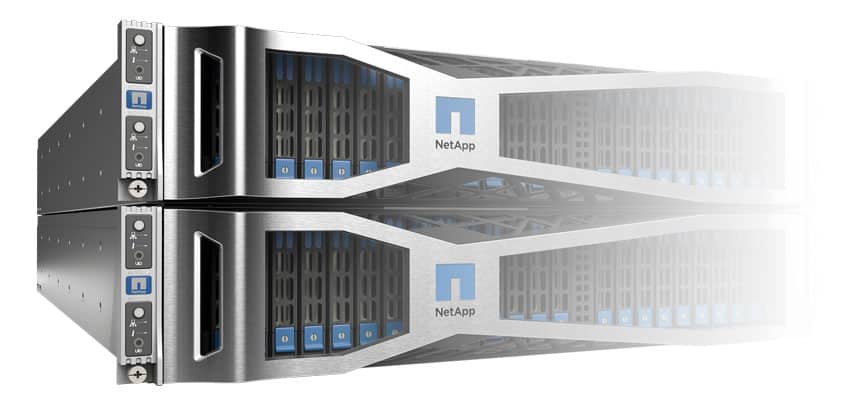Yesterday Chris Mellor ran a story about NetApp phasing out its HCI appliance, the original article can be found here. This comes as no shock at all as most of the major vendors seem to be moving in the direction of getting more away from hardware and into software/cloud-based products and services. The NetApp HCI appliance was introduced in 2017 with several iterations announced since its initial release in pushing down to smaller markets.
Yesterday Chris Mellor ran a story about NetApp phasing out its HCI appliance, the original article can be found here. This comes as no shock at all as most of the major vendors seem to be moving in the direction of getting more away from hardware and into software/cloud-based products and services. The NetApp HCI appliance was introduced in 2017 with several iterations announced since its initial release in pushing down to smaller markets.
A few years back, hyperconverged infrastructure (HCI) was all the rage. Vendors were tripping over themselves to get an appliance out. NetApp was wise enough to watch a few of its competitors trip, take note, and make adjustments. The NetApp HCI appliance allowed users to add storage or compute nodes as needed, which was more of a novel idea at the time. In fact, NetApp was lampooned by some of their competitors for their disaggregated HCI vision.
So, what is the deal? Why would they be getting rid of it? Lots of vendors are shifting from hardware to software/as-a-Service/cloud-based. One can even look to NetApp’s website and see where they used to have their neat-looking shiny bezels and appliances are now replaced with more abstract images to signify a shift in the delivery of services.
The big shift with cloud and as-a-Service is that customers can get new applications right now without changing hardware. Easier to do when you haven’t just plunked down a few hundred thousand dollars on something. We’re sure NetApp will keep making their arrays, which have always done well in our lab, it will just be featured less.
This brings us back to phasing out the NetApp HCI appliance. According to Mellor’s interview with the product management VP at NetApp, Eric Han, the appliance was a bridge to take customers to a hybrid cloud, and it is no longer needed. That reply is a little “hand-wavy” and ignores the fact that sales must have been coming in light, else they’d continue to offer the solution. While NetApp’s arrays have always garnered high praise, their HCI hasn’t been so lucky. There have been issues with over-complicated cabling and the compute not being nearly as strong as the storage from NetApp. So this could be a combination of a miss on hardware and a win on software-defined that expediated the demise of the HCI appliance. A quick poke around on social media can find several examples of the above, (check out this post on Reddit, particularly users u/Dark-Star_1337 “They had trouble with the quality of the compute nodes from day one. We installed a couple of HCI systems and had early replacements in almost all of them, sometimes even multiple times.” & “Oh, and let’s not forget the cabling drama, 48 cables in 4U for the full cabling is a real pain to set up”).
Leveraging its software-defined platform, Project Astra, NetApp can use Kubernetes for application management in the hybrid cloud. This is a boon for both the company and customers. Customers can manage application data easier and NetApp can reach more users through an Astra-managed Kubernetes portal.
It looks like the NetApp HCI appliance will be gone in about a year’s time. Customers that already leverage the hardware will still have the 3-year software and 5-year hardware maintenance from the company.
Engage with StorageReview
Newsletter | YouTube | Podcast iTunes/Spotify | Instagram | Twitter | Facebook | RSS Feed

